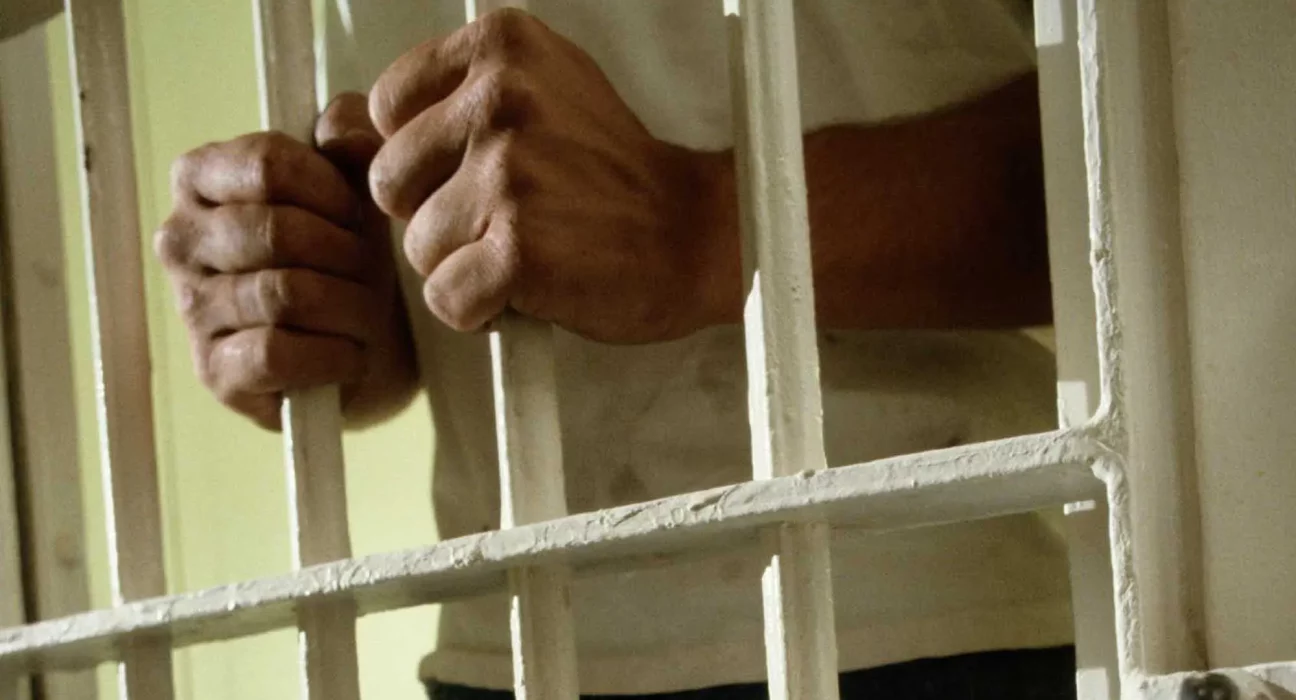The Effects of Prison Overcrowding on Rehabilitation and Recidivism Rates

The global issue of prison overcrowding has far-reaching consequences, affecting the justice system, inmates, and society. Overcrowded facilities create environments that undermine rehabilitation, increase recidivism rates, and perpetuate cycles of crime. Addressing this crisis is essential for fostering effective criminal justice reform and ensuring public safety.
Understanding Prison Overcrowding
Prison overcrowding occurs when the inmate population exceeds the facility’s capacity to accommodate them safely and humanely. Contributing factors include:
- Harsh sentencing laws, including mandatory minimums and “three-strike” policies.
- Excessive use of pretrial detention for non-violent offenders.
- Inadequate investment in alternative sentencing programs.
According to the World Prison Brief, countries like the United States, Brazil, and the Philippines struggle with occupancy rates exceeding 100%, severely straining resources.
The Impact on Rehabilitation
Rehabilitation is a cornerstone of modern correctional systems, aiming to prepare inmates for reintegration into society. Overcrowded prisons, however, compromise this goal in several ways:
- Limited Access to Programs: Educational, vocational, and therapeutic programs become inaccessible due to space and staffing constraints.
- Poor Living Conditions: Inmates face inadequate sanitation, nutrition, and medical care, leading to physical and mental health deterioration.
- Increased Violence: Overcrowding exacerbates tensions, increasing the likelihood of violence and gang activity.
Without proper rehabilitation opportunities, inmates are more likely to reoffend, perpetuating the cycle of incarceration.
The Link Between Overcrowding and Recidivism
Recidivism, the tendency of a convicted individual to reoffend, is closely linked to the prison environment. Overcrowding contributes to higher recidivism rates by:
- Limiting personal development opportunities, such as education and job training.
- Fostering environments where negative behaviors are reinforced rather than corrected.
- Reducing the focus on individualized inmate rehabilitation plans.
Studies show that countries with lower incarceration rates and better prison conditions, such as Norway, achieve significantly lower recidivism rates than nations with overcrowded prisons.
Broader Impacts on Society
The effects of prison overcrowding extend beyond individual inmates to society at large:
- Economic Costs: Overcrowding strains government budgets, diverting resources from education, healthcare, and infrastructure.
- Public Safety Risks: Higher recidivism rates mean more crime, jeopardizing community safety.
- Human Rights Violations: Overcrowded conditions often lead to violations of international human rights standards.
Potential Solutions
Addressing prison overcrowding requires a multi-faceted approach that prioritizes rehabilitation over punishment:
1. Sentencing Reform
- Implement alternatives to incarceration, such as probation or community service, for non-violent offenders.
- Reassess mandatory sentencing laws to reduce unnecessary imprisonment.
2. Diversion Programs
- Expand drug treatment courts and mental health programs to address underlying causes of criminal behavior.
- Invest in restorative justice initiatives that focus on repairing harm rather than punishment.
3. Improved Prison Management
- Upgrade facilities to meet current demands while ensuring humane conditions.
- Increase staffing to provide adequate supervision and program delivery.
4. Education and Employment Opportunities
- Enhance access to vocational training and educational programs to equip inmates with skills for post-incarceration employment.
- Partner with private-sector organizations to facilitate inmate reintegration.
5. Reducing Pretrial Detention
- Implement bail reform to prevent the unnecessary detention of individuals awaiting trial.
- Encourage the use of electronic monitoring and other non-custodial measures.
Conclusion
Prison overcrowding is a critical issue that undermines rehabilitation and perpetuates cycles of crime. Addressing this problem requires systemic reforms that prioritize education, rehabilitation, and community-based alternatives to incarceration. By transforming correctional systems, societies can reduce recidivism rates, improve public safety, and uphold the principles of justice and human dignity.










